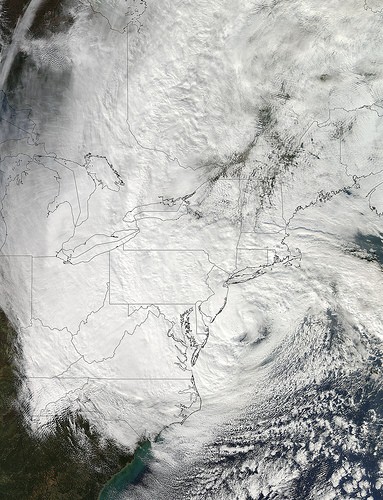"We've been extremely lucky. I'm disappointed that the political process hasn't recognized that we're playing Russian roulette."
That was Dr. Klaus Jacob, a research scientist at Columbia University's Earth Institute, talking to The New York Times back on September 10 of this year. Jacob was discussing New York City's preparedness for a natural disaster either close – or worse – as 2011's Hurricane Irene.
Flash forward to today, Halloween, and New York City is recovering from "Frankenstorm," along with the rest of the Eastern Seaboard. Hurricane Sandy wreaked havoc across the United States on Sunday and Monday this week, leaving millions without power – a majority in The Big Apple.
In his interview, Jacob added that some of the most vulnerable subway systems – under the Harlem and East Rivers – would be unusable for a month or longer, with damages upwards of $55 billion.
The Times also reported that while city officials earned high marks for environmental projects, work needed to be done to address the possibility of harm coming to the low-lying financial district, along with the likelihood of the evacuation of hundreds of thousand of people and severe damage to public transportation.
According to a recent Bloomberg article, New York's subway system could take weeks to repair, with costs climbing into the tens of billions. Metropolitan Transit Authority Chairman Joe Lhota said at a news conference that the MTA is facing the most devastating disaster in its history.
In order to prevent situations like the one in New York, a thorough continuity of operations plan needs to be created, especially when a city is located near the ocean and flooding is a possibility. Disaster recovery planning can also be highly beneficial, when entire states need to perform massive cleanup and ensure that all residents are safe.

